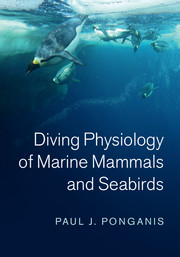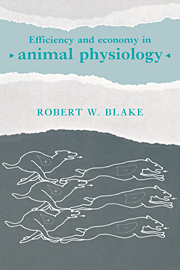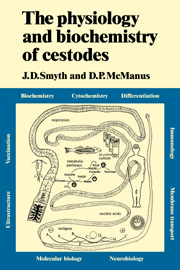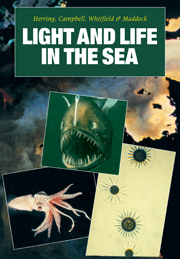The Mechanics and Physiology of Animal Swimming
Aquatic organisms swim in a variety of ways, from jet propulsion to ciliary action. One of the most fascinating aspects of aquatic locomotion is the remarkable sets of adaptations that have evolved for different purposes. This volume brings together current research on a wide range of swimming organisms, with an emphasis on the biomechanics, physiology, and hydrodynamics of swimming in or on water. Several chapters deal with different aspects of fish swimming, from the use of different "gaits" to the operation of the locomotor muscles.
Reviews & endorsements
"[The editors have] done an admirable job in bringing together authors who provide us with a glimpse of the remarkable range of adaptions that have evolved for aquatic locomotion." William M. Kier, American Zoologist
"...this book has many information-packed chapters. Particular contributions will interest individual researchers..." Richard Wassersug, The Quarterly Review of Biology
Product details
June 2008Paperback
9780521064958
264 pages
243 × 170 × 14 mm
0.426kg
Available
Table of Contents
- Introduction Q. Bone and L. Maddock
- 1. Functional patterns of swimming bacteria J. O. Kessler, M. A. Hoelzer, T. J. Pedley and N. A. Hill
- 2. Buoyancy and swimming in marine planktonic protists C. Febvre-Chevalier and J. Febvre
- 3. The role of fins in the competition between squid and fish J. A. Hoar, E. Sim, D. M. Webber and R. K. O'Dor
- 4. The biology of fish swimming P. W. Webb
- 5. Swimming physiology of pelagic fishes J. B. Graham, H. Dewar, N. C. Lai, K. E. Korsmeyer, P. A. Fields, T. Knower, R. E. Shadwick, R. Shabetai and R. W. Brill
- 6. The mechanical design of the fish muscular system L. C. Rome
- 7. How do fish use their myotomal muscle to swim? In vitro simulations of in vitro activity patterns J. D. Altringham
- 8. The timing of lateral muscle strain and EMG activity in different species of steadily swimming fish C. S. Wardle and J. J. Videler
- 9. Swimming in the lamprey: modelling the neural pattern generation, the body dynamics and the fluid mechanics J. C. Carling, G. Bowtell and T. L. Williams
- 10. Swimming capabilities of Mesozoic marine reptiles: a review J. A. Massare
- 11. Stone, bone or blubber? buoyancy control strategies in aquatic tetrapods M. A. Taylor
- 12. Functional anatomy of the 'flight' apparatus in penguins R. Bannasch
- 13. Energy conservation by formation swimming: metabolic evidence from ducklings F. E. Fish
- Bibliography
- Index.






